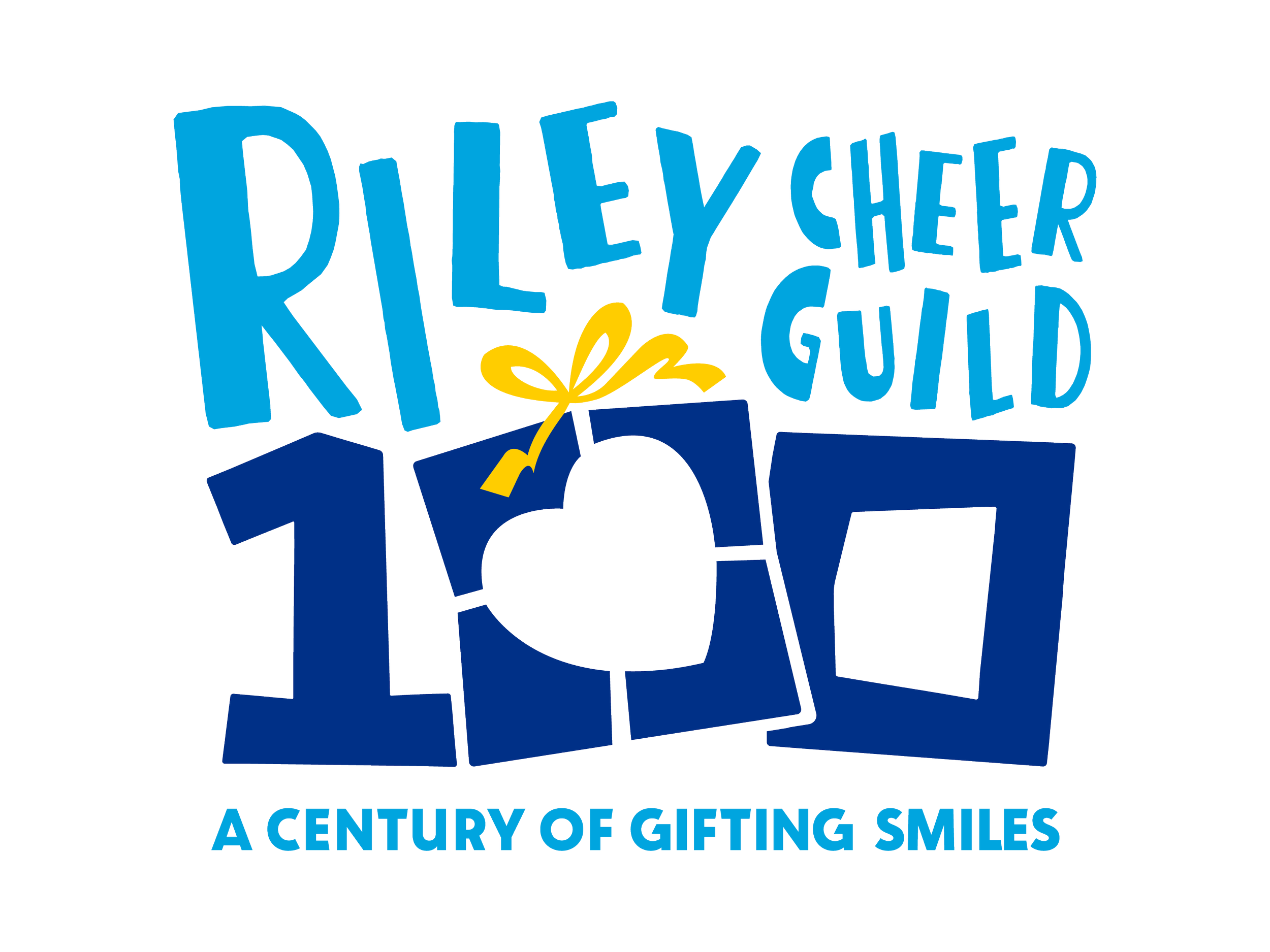These resources were created and compiled by the Riley Children's Health Creative Arts Therapy Team including Music Therapists, Art Therapists, and a Dance Movement Therapist for a July 16, 2020 presentation to the Indiana Department of Education in support of educators as children return to school during the COVID 19 global pandemic. This resource page is applicable to all children, families, and caregivers coping with the collective trauma of keeping bodies, minds, and spirits safe during this time. Visit our YouTube channel for additional resources updated regularly by this team.
Music Resources
Normalization/Transition Activities
Cosmic Kids Yoga: https://www.youtube.com/user/CosmicKidsYoga
Music for Kiddos: Yoga Song for Kids https://www.youtube.com/watch?v=fHlA_bCLyEY
Use recorded music to match the students’ activity levels and move them to a more desired energy level
Use fun music videos as rewards and brain breaks after challenging tasks
Relaxation/Anxiety Reduction
Older students – Slow Down to Calm Down: https://youtu.be/lzlutYcrpkA
All ages - Breathe In, Breathe Out: https://youtu.be/f1OUwNTaU8Y
Do students in your school have a safe space to go for a break?
Talk with your school counselor for more ideas!
Group Cohesion/Engagement
Younger students- “Move It Move It” created by a music therapist for movement https://www.youtube.com/watch?v=k_eKHIziiBk
Write a class song using the “piggy-back” technique – choose a song and simply replace some of the words using student suggestions
Create a class playlist using student suggestions and allow students to take turns choosing songs to start the day
Offer choices when possible and give students the option to say no
General Resources
Elementary age- “Learning is For Me” song by a music therapist from the youtube channel Music for Kiddos https://www.youtube.com/watch?v=U_oWZ0feaK8
Introduction to Mindfulness (compiled by board certified music therapist, Caitlin Krater, MS, MT-BC)
Email RileyMusicTherapy@iuhealth.org for questions about these resources.
Art Resources
Print and use the files below for drawing, writing, or action prompts. Can be done as a group, individually, or via a virtual format. Appropriate for all ages.
Use these files along with the video links provided below.
Email RileyArtTherapy@iuhealth.org for questions about these resources.
Please visit this digital magazine for inspiring artwork and stories in the Hindi tradition of Kahani.
Kahani is story telling in Hindi. Visit the Kahani Edition #1 Arts and Literary Magazine to learn about the story behind this picture.
Dance Movement Resources
Movement Resources for Relieving Feelings of Stress and Anxiety
Shape Breathing Exercises
A Star or a Heart (thinking about someone they love or something they love to do)
ABCya get fit/counting videos
ABC Movement Cards
General Movement Ideas
Morning Movement Check-ins For Classroom or Virtual Learning Environments
Ask the children to think about how they feel in that moment and ask them to share a movement for what they think that movement might look like. Provide them with examples… like tired ( and putting hands together and resting head on hands) happy ( a thumbs up, or jazz hands) It can vary and look different for everyone, but make sure they know where the classroom boundaries lie. You movement dangerous to the self, others, or items in the class.
This can be a starting point to understanding where the child is in that moment and maybe how the day will feel, but it also shows that you hear them, see them, and how they are feeling.
Morning Movement Check-ins have been a good resource for teens
Checking in at the beginning of a session/lesson/day
Check in at the end of a session/lesson/day
Compare
Wiggle Breaks/ Re-centering
Often after high activity (ex. Recess, gym class, etc.), kids might have a difficult time readjusting to having to focus and sit down at their desk. This transition would be a perfect time to shake it out and then incorporate deep breaths as a class. Doing three breaths together, mentioning what will happen next in class.
To counteract… the energy level is low or they have been in the classroom for a while. Taking time to “Shake it out” calling out different body parts to shake. (Hands, arms, back, head, hips, legs, whole body)
Movement for Teens, Young Adults, Teachers, and Parents
Body Scan
Grounding Movement/ Closing Movement
Placing hands on a flat surface and pressing down
Can be done in times of stress or as a way of connecting as a group/class
Email RileyCheerGuild@iuhealth.org for questions about these resources.
School Integration and Grief Resources
Curated by Riley Bereavement Services Behavioral Health Counselor and Art Therapist, Cassie Dobbs, LPC, ATR, MAAT
National Center for School Crisis and Bereavement (top resource for this topic)
Coping with COVID-19
Grief, Loss, and COVID-19
https://www.centerforloss.com/2020/04/coronavirus-six-needs/
https://indd.adobe.com/view/924b5436-fca0-4a15-901a-9233134766e4
Creative Ideas
Mask Wearing
Email RileyBereavement@iuhealth.org for questions about these resources.

